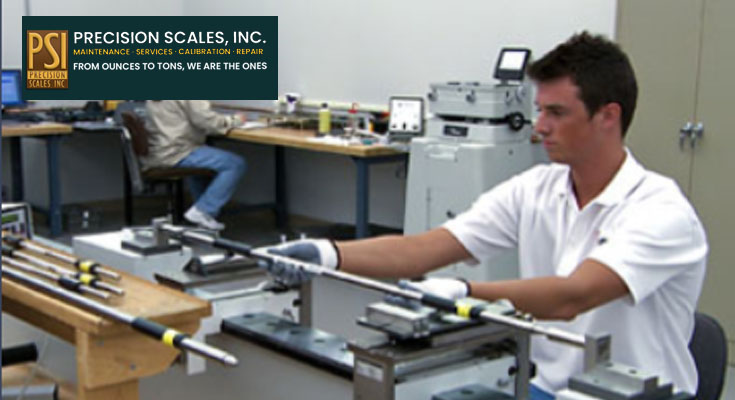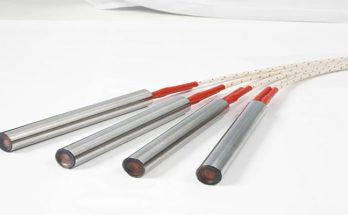Your scale may not be working properly and reading incorrectly. This is effecting your production quality and losing you money. Fortunately, the majority of fixes for scales are fairly simple to complete. Here are a few key tips to stay on top of your scale’s calibration and accuracy.
How Often Do You Clean Your Scale?
Cleaning is the foundation of system maintenance that every operator needs to be comfortable handling. This doesn’t mean that you have to clean the device after every use, it’s just something to keep in mind when you start to see general wear and tear on the device’s usage.
Must Check : Precision Scales Inc.
Which Factors Impact My Scales Calibration?
Traffic of Usage
Traffic and the volume of which your scale is used is a major contributor to damage and necessary upkeep or maintenance.
Air Pressure
In higher elevations, you’ll see this play as a much bigger factor. Take the time to assess how the air pressure of your region may be impacting your scale accuracy, as this often leads to more inaccurate measurements.
Inclement Weather
Conditions of weather will actually have a major impact on whether or not your scale is reading correctly. Especially when you’re testing for scale accuracy, you should try to have a controlled environment of some kind for the scale to be observed in.
Fixing Your Scale On Your Own
Clean the Scale
As stated before, cleaning is the first step to ensure nothing is manipulating the sensors on the device. Take the time to just apply basic maintenance and cleaning to ensure that no debris or built-up moisture is impacting results.
Test Accuracy
You can test accuracy with a few different strategies. The primary strategy is repeatability. The repeatability of a scale is measured by its ability to consistently provide the same reading whenever the same weight is used. You can compare this between trucks, patients, cargo, etc. They all will have the same applicable concept. Additionally, you can use this to compare various models side by side. It’s important to remember that this is simply a ballpark figure and that actual values on different scales will vary.
Additionally, readability is a metric that is referred to for deviation from 100% accuracy. The lower this number is, the better, and it’s always calculable while you use the scale.
The third measurement to take into account for accuracy is reproducibility. This simply refers to changing the conditions in which the scale is being used to see if the results change. Whether this is outdoors, in inclement weather, or other variables you need to consider. Try putting the scale in a space it usually isn’t to see how the results vary. This will be a huge indicator of whether or not you need to have calibration completed.
Can’t Find the Issue?
If you still are struggling to find the issue with your scale’s accuracy, there may be a deeper internal problem with its effectiveness. The best route to amend this is to seek out a professional for assistance. They can give you an exact diagnosis of the problem, provide steady calibration, and also mend any repairs that your scale might need.





